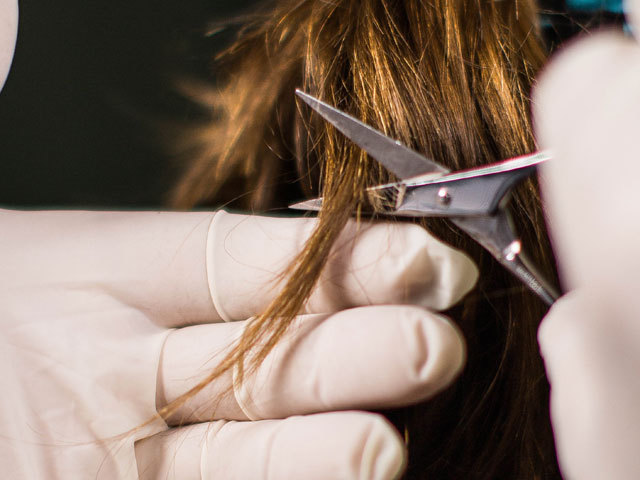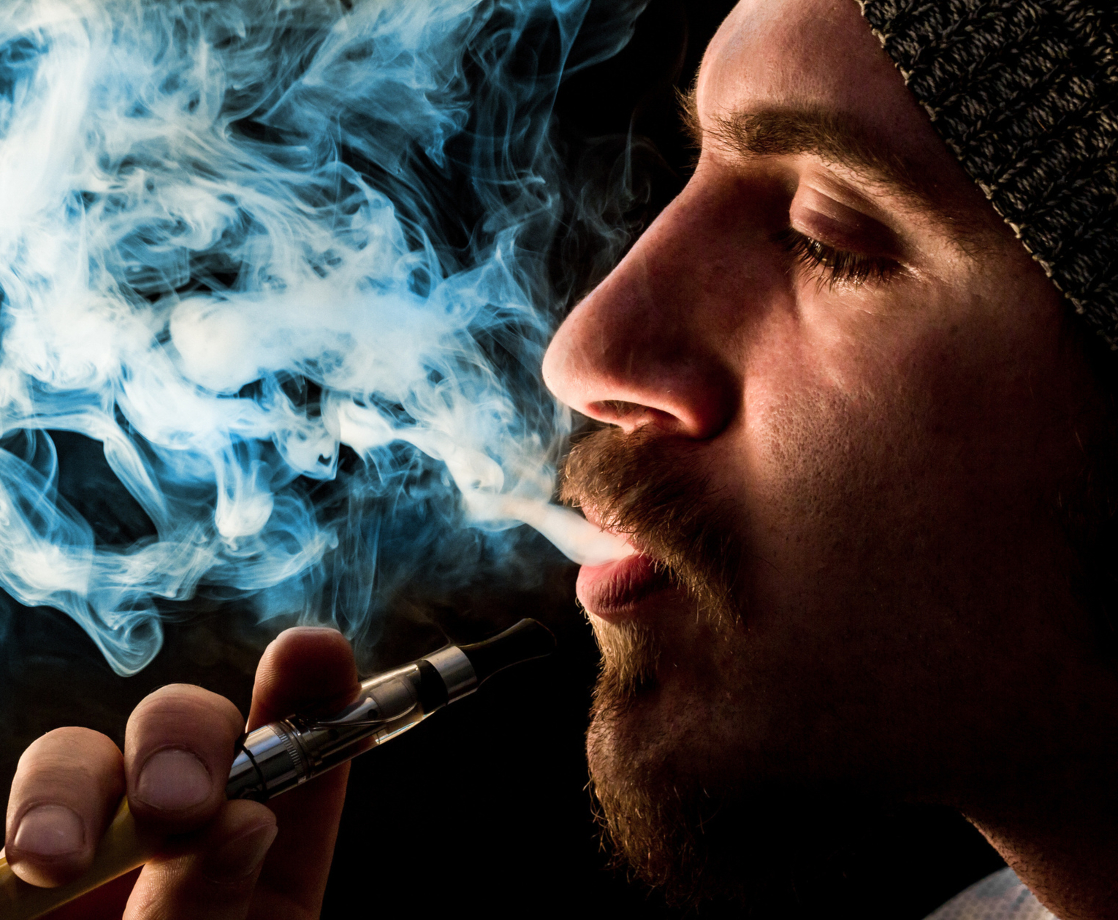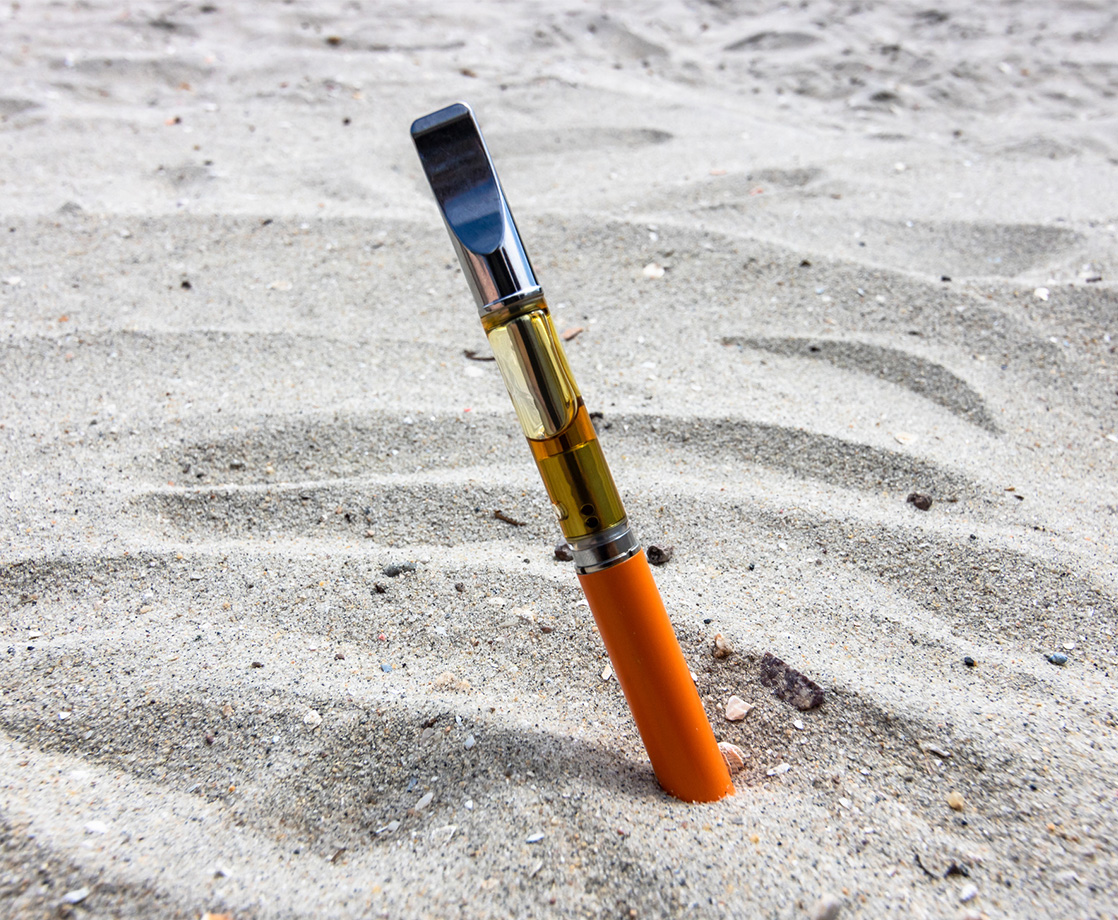People across the country are involuntarily submitted to hair samples on a daily basis. Employees lose their jobs and their reputation due to positive findings of certain cannabinoids in their hair. Mothers lose their children in custody battles also due to positive results after hair tests. But, what if these tests were wrong? What if the results were completely false and people’s lives were ruined due to the inaccuracy of the tests?
When one takes a hair sample test for traces of cannabis consumption, there are a few cannabinoids taken into consideration. These include THC, THC-COOH and THCA-A. Though each substance is relative to one another, each has varying differences in how they react inside the body, how they are transferred and what these findings mean to the person administering the test.
THC, or tetrahydrocannabinol, is the most widely known ingredient found within flower. It is responsible for the psychoactive effect the user feels when cannabis is consumed. When a person is tested for the consumption of marijuana, THC is a major indicator that shows if the accused is a user.
THC-COOH and THCA-A are also found within cannabis and are directly related to THC. THC-COOH, or tetrahydrocannabinol-carboxy-THC, is a metabolite of THC, meaning it is a metabolic product. In small amounts, THC-COOH is undetected because it naturally occurs inside the body. THCA-A, or tetrahydrocannabinolic acid A, is another substance found within THC that is a main non-psychoactive cannabinoid also found in fresh cannabis.
These components may seem only slightly different. However, it can be a huge determining factor for a person that is being hair tested for cannabis.
According to a 2015 study, the difference of these components concluded that finding certain cannabinoids in a person’s hair does NOT prove the accused is a cannabis user. Two people were tested to determine if the consumption of certain cannabinoids validated the correct outcome for a hair analysis test. The results were more than intriguing.
The study concluded that THC-COOH, THCA-A and THC were found in the hair of non-cannabis users.
How is that possible?
The study concluded that THC cannot be transferred through the bloodstream into hair follicles at a low dose under 50 pg/mg. THC can only be incorporated this way if the dose is above 50 pg/mg, which is normal for heavy cannabis smokers. So if a non-smoker has traces of THC in their system that is below 50 pg/mg, the hair test continues to come back positive, labeling the non-consumer as a falsely accused cannabis user.
However, transference of the cannabinoids via second-hand smoke, sebum/sweat and contamination of a second party’s fingers after handling cannabis material were visible within the hair of the non-consumer.
So what does that mean?
Here is a hypothetical example that may shed some light on the incredible importance of this study:
A mother is in court after facing charges of negligence against her child due to cannabis use. She and her child went through a hair test, which came back positive for THC-COOH, THCA-A and THC. The mother pleads innocent to the charges, swearing she has never consumed cannabis before and does not allow marijuana in her home. The jury finds her guilty due to the evidence of the hair samples and she loses her child.
What the court, and the results, don’t show is that her boyfriend is a heavy cannabis user. This means the possibility of the transference of these cannabinoids from the boyfriend to the mother and child is highly likely, thus creating false results due to the transferring of significant cannabinoids that are tested in the hair samples.
If testers would test only hair follicles, not the external strand of hair, for a specific (50 pg/mg) percentage of THC, the results would be more accurate. This new discovery could ultimately sustain the accuracy of a hair test, saving employees jobs, children from losing their mothers and precious reputations.











